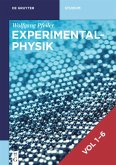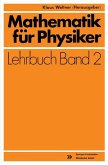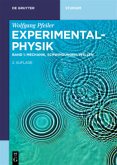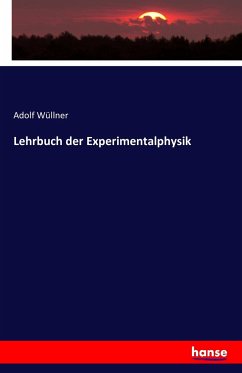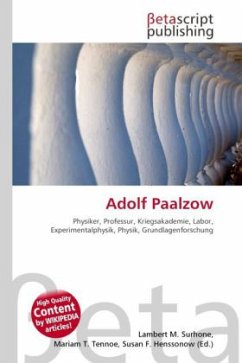The Free-Electron Laser in Hamburg (FLASH) has been operated so far in the Self-Amplified-Spontaneous-Emission (SASE) mode. The FEL process starts from noise and as a result the output radiation has poor longitudinal coherence. An option to improve coherence is to stimulate the FEL radiation with an external so-called seed laser beam. This concept has been implemented in the framework of the seeding project sFLASH at FLASH. In this work, the wavefront of the seed laser at 38 nm is investigated. The influence of aberrant wavefronts on the experiment is studied in numerical simulations as well as experimentally. A Hartmann wavefront sensing system applicable for the XUV spectral range has been constructed. The laser beam is sampled by a rectangular grid and generates a spot pattern on a CCD chip. Analyzing this spot pattern by using suitable algorithms, the wavefront's shape can be reconstructed. It is shown that the XUV wavefront shape has a big impact on the laser s focus size. The need for a good coupling between XUV seed and the FEL s electron beam is essential for successfully seeding and thus determines the required properties of the wavefront.


